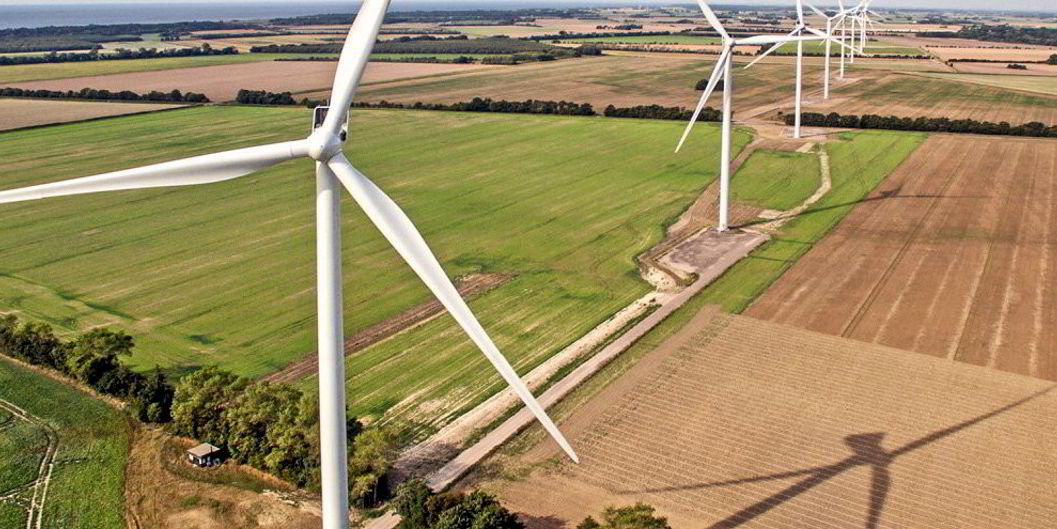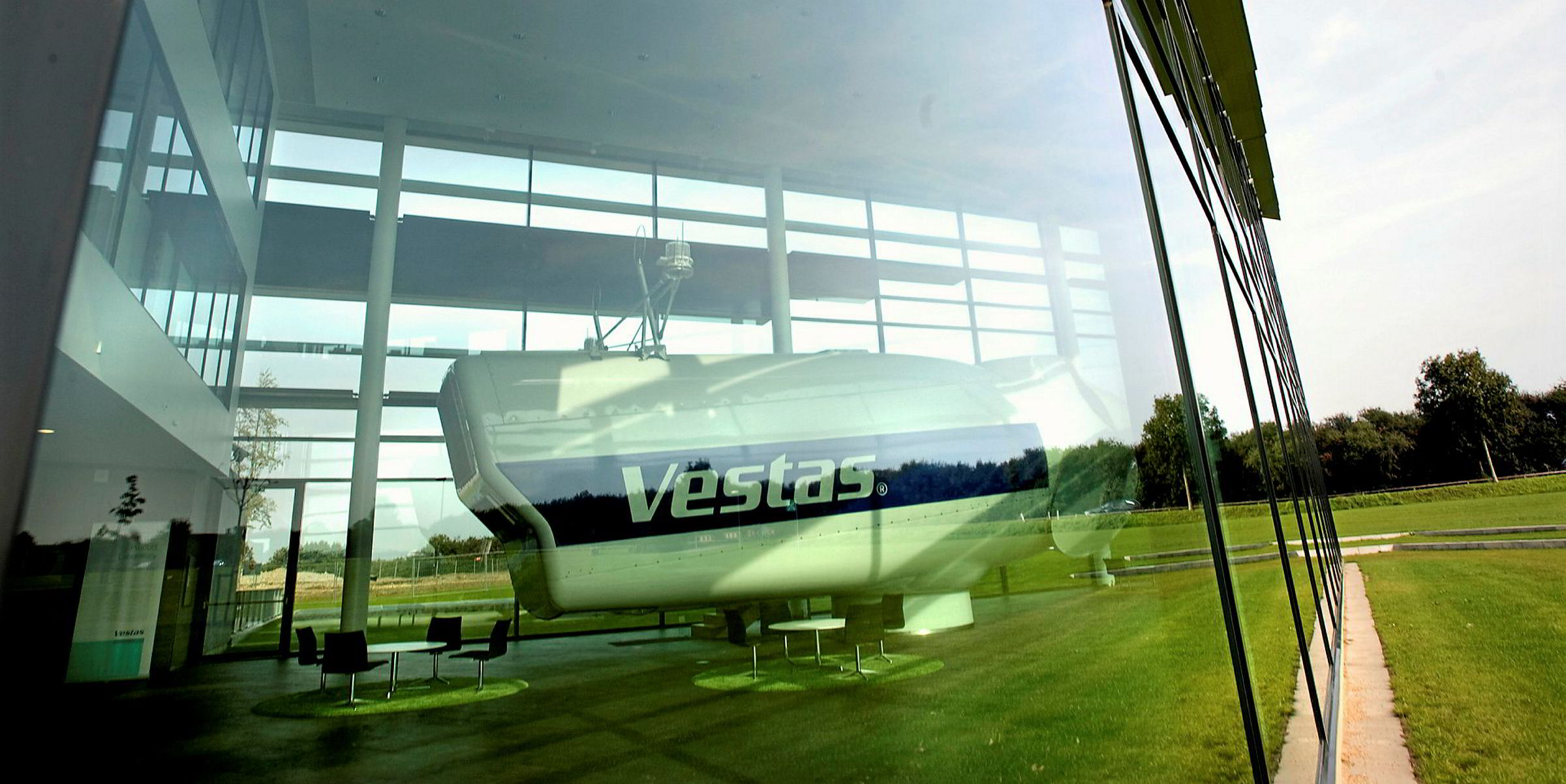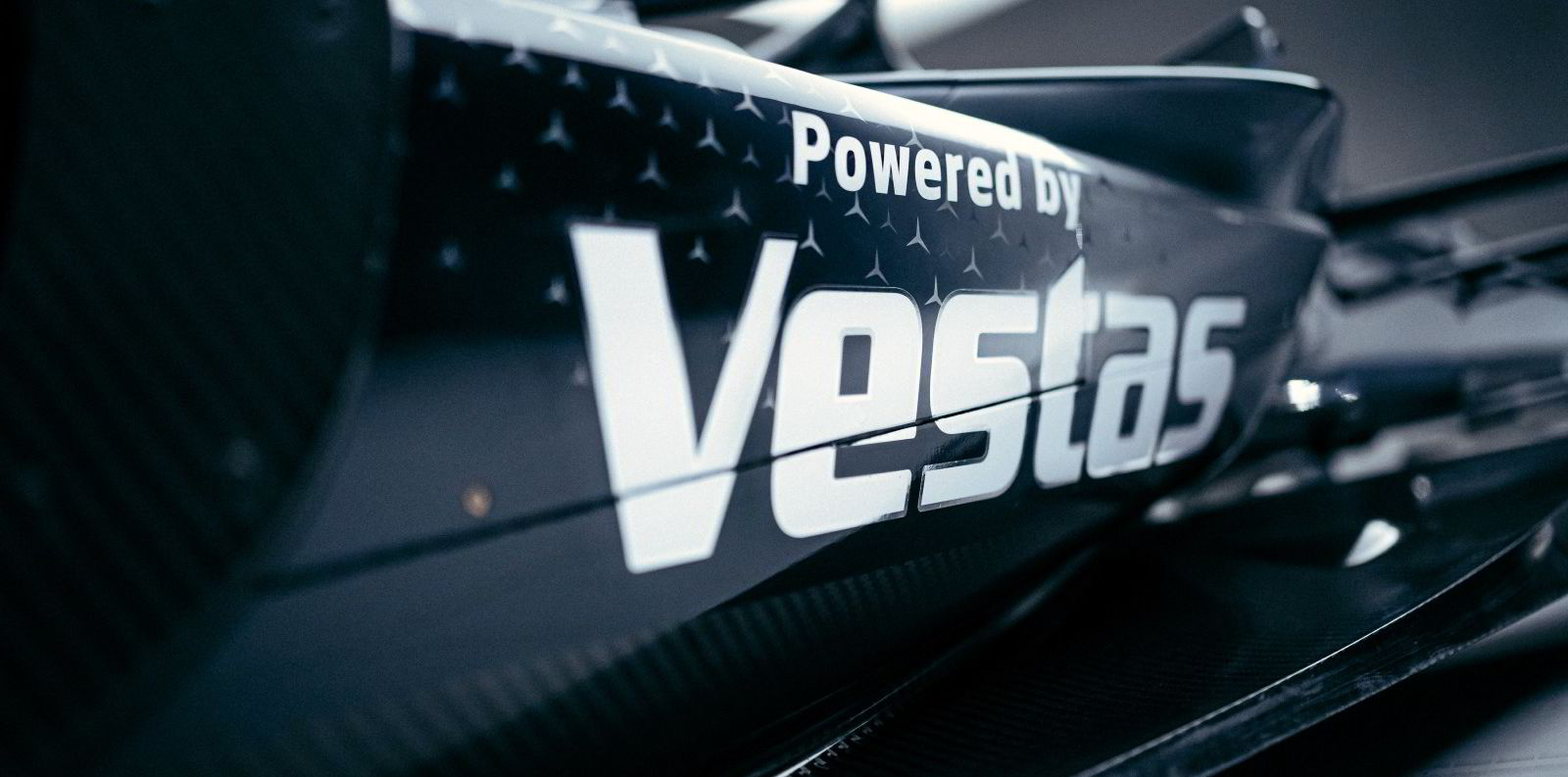Green steel from renewable hydrogen could help the wind industry further reduce its “already very low” carbon footprint and widen its lead over fossil power sources – and solar – when it comes to lifetime emissions, said new research.
Wind power already has a “significantly lower carbon footprint” than rival generation options, with lifecycle CO2 emissions of 11g/kWh both onshore and offshore, according to analysts at Bernstein. Latest OEM claims push that even lower into the 6-7g/kWh range.
That compares to 27g for solar thermal generation, 44g for PV, 450g for gas and a whopping 1,000g for coal. Only nuclear at 9g/kWh matched wind power on the Bernstein analysis.
The majority of wind’s emissions are concentrated in its raw materials at the production end, rather than the operational phase, Bernstein analyst Deepa Venkateswaran said. Reducing the carbon intensity of metals could help the industry widen that gap even further.
Steel at 62% and aluminium at 9% account for the vast majority of offshore wind’s emissions profile, the Bernstein analysts calculated.
“Green Steel could play a role in reducing the residual emissions of wind energy significantly,” said Venkateswaran, referencing initiatives such as the HYBRIT consortium backed by Vattenfall that is piloting fossil-free steel production via electrification and green hydrogen.
The shift to larger turbines is also helping the wind sector reduce its carbon footprint, the research found, both through the need to deploy fewer machines and advances in the technology used.
“Even considering upstream emissions, wind energy is extremely green at <1%-2% of fossil fuel emissions, with further scope to reduce from the use of green steel as well as future technological advancements that reduce materials intensity,” said Venkateswaran.
The Bernstein research comes as all major wind OEMs put sustainability centre-stage as part of stretching corporate decarbonisation targets, with turbine materials and recyclability of components like blades high on the agenda.
Recharge reported this week how Vestas has signed a deal for a new €2bn ($2.4bn) credit facility that links interest rates to meeting decarbonisation goals.




